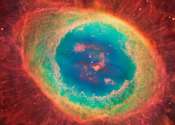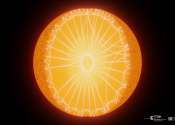Astronomers detect potential 'glory effect' on a hellish distant world for the first time
Potential signs of the rainbow-like "glory effect" have been detected on a planet outside our solar system. Glory are colorful concentric rings of light that occur only under peculiar conditions.









